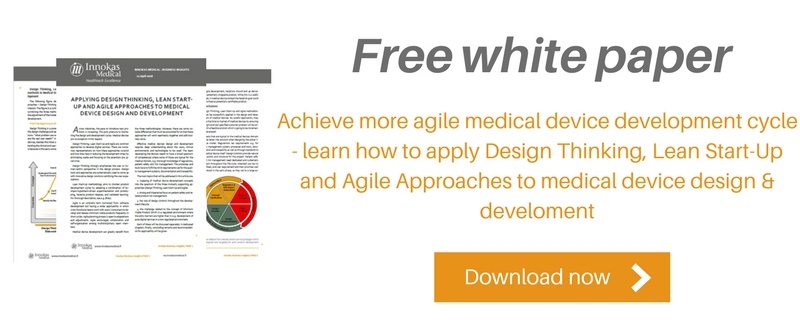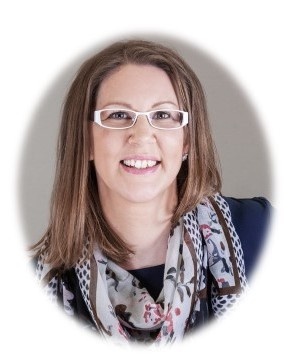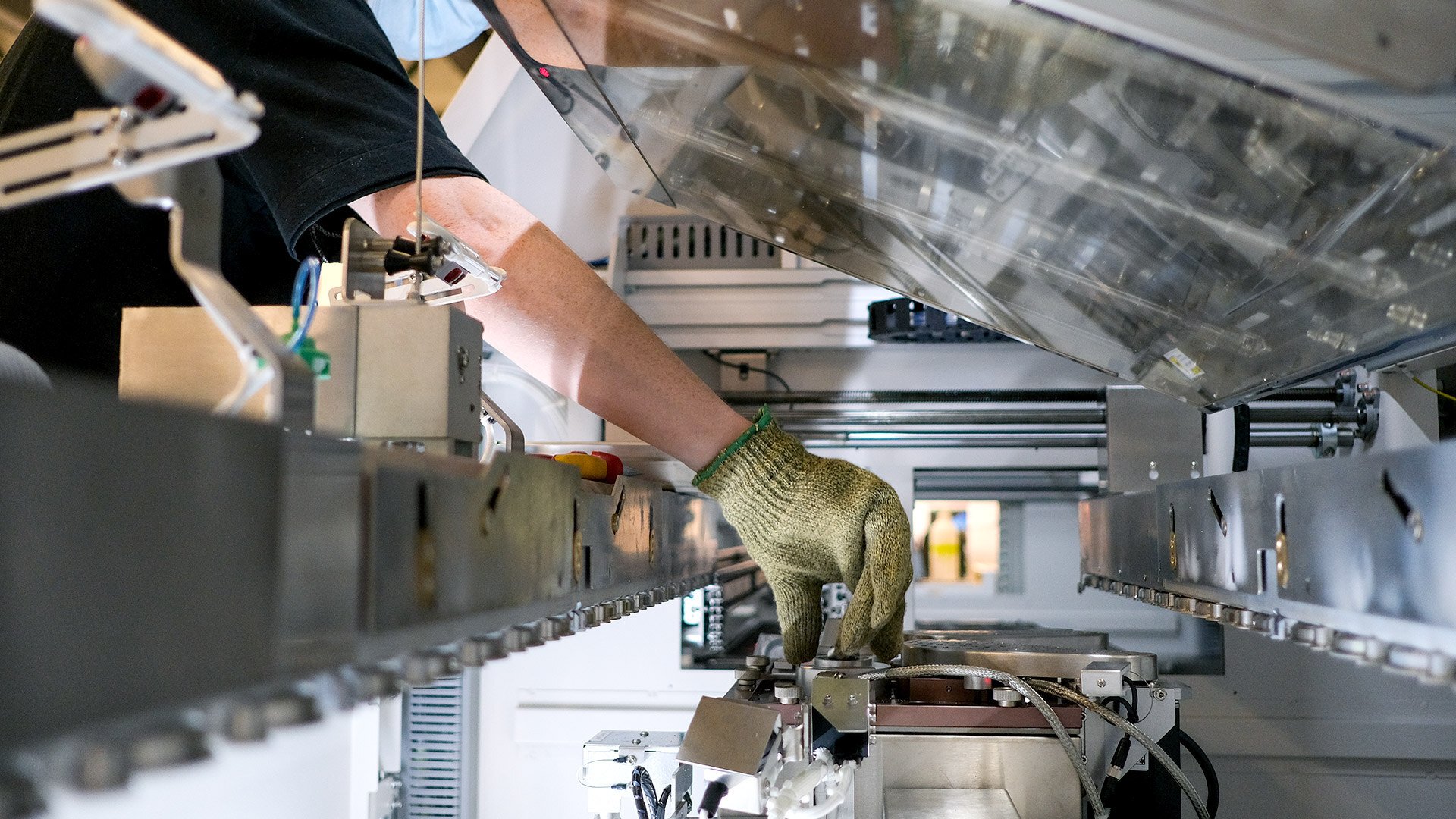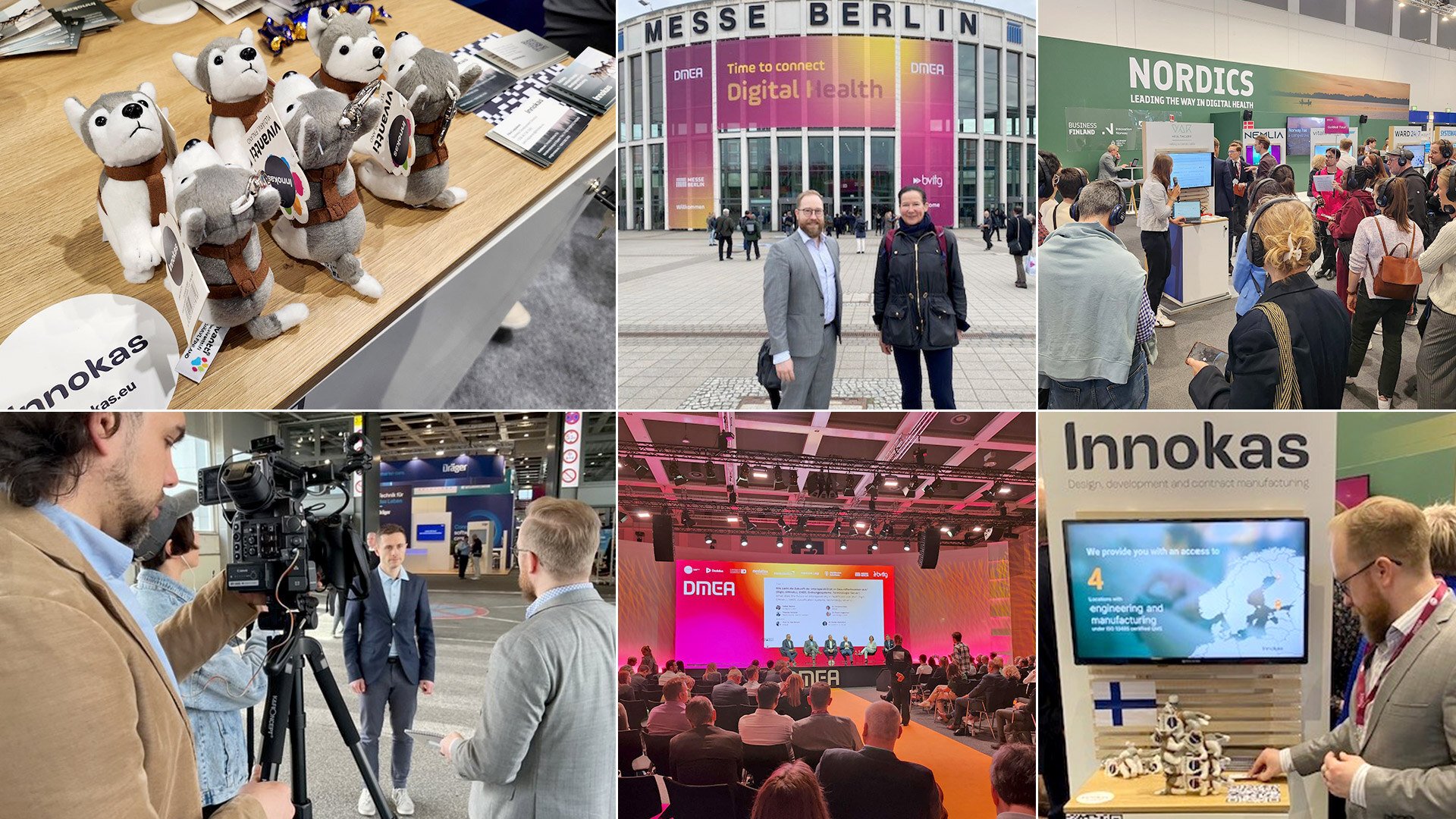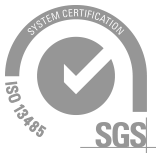There’s few common trends in the medical field, which have a clear effect to the development of new medical products. The first one is the constantly changing jungle of rules and regulations, which forces companies to stay ahead with the complicated quality and regulatory world all the time. The second one is related to the fact that everything is getting much more complicated, which is caused mainly by the digitalization; different technologies are developed even more rapidly, the impact of software is growing and wireless as well as mobility features are increasing. In addition, the user experience and safety issues are even more crucial nowadays.
These two - the complexity and the complicated regulations governing healthcare technology - cause that designing and developing new medical devices have become slower and more expensive as companies need to know and, in particular, need to master a significant number of different kind of technologies and platforms. At the same time there is a pressure, which is common for everyone in the field: the pressure to get certified, high quality medical products to the market as quickly as possible.
So how to achieve agile development of next generation medical devices? One answer for that is to put more focus on the idea and conceptualization phase: with the right choices made already at that phase, the more agile project schedules can be achieved.
But what kind of things should be recognized already when coming up with the new idea? Here are a few essentials to keep in mind in the idea and conceptualization phase of medical device development!
Advice #1. Work carefully with the concept clarification of your medical innovation!
One important thing already at the very early idea phase is to develop and clarify your medical device concept to ensure that all the requirements are met for a commercially and technologically viable product. So when coming up with the new idea of a medical device, you should first concentrate on working carefully with clarifying your device concept. It helps you to take into account all the relevant matters and enables you to have an effective kick-off for your product development.
When clarifying the concept, you should find answers at least for these questions:
- What are the real user needs?
- What would be the best technologies for the product?
In other words, you should create a confirmation that you have the correct feature set and best possible technology choices made. You should also develop a deep understanding especially of the end-user needs, their priorities and the technical challenges they may face.
The carefully made concept clarification already in the very early idea phase helps you to clarify how to turn the feasibility phase results into a finished, high quality medical product and thus build a solid foundation for your business case.
Advice #2. Recognize the regulations already in the idea phase!
In addition to concept clarification, you should recognize the regulations of the whole life cycle of the product already in the very early idea phase of the design. This is because, e.g., the intended use and the classification of the device have a significant impact on the laws, standards and regulations as well as on the needed documentation the authorities require. That’s why the identification of the regulatory requirements of the device should be made already at the early start phase of the process. In addition, the identification of the initial risks of the device should also be made already at the idea phase - it has a straight effect to the design and development phase of the device.
So when coming up with the idea, remember that the most appropriate regulation and performance characteristics for the particular device are something that must be understood already at the idea phase of the process, and the users, the use environments and of course the patients must be taken into account as well. A device developer must initially study the regulations related to the different device types and decide what patient groups, which users and what type of use environments fit into the intended scope of the device.
Advice #3. Save time and money with new kind of product development model!
By putting more effort in the idea phase, the time and money can be saved. The devices are more difficult and expensive to be redesigned if the product is already close to launch, which naturally has an impact on the budget that might be exceeded and launching schedule will be overdue.
If you’re not sure on which class your device should be categorized, or if you feel uncomfortable with clarifying the concept by yourself, consult an expert in order to ensure clear understanding of these before the actual development phase starts and before you waste time and money on a false start.
In addition to the importance of the idea phase, the whole medical device development process should follow certain rules and best practices to achieve the more agile medical device development cycle. According to our studies, the commonly known three methodologies of product development - Design Thinking, Lean Start-Up and Agile methodologies - are something that can be successfully applied to the design and development of medical devices. When done properly, they reduce the time to market of the device by ensuring that right and well specified customer problem will be solved with a feasible solution, which is going to be incrementally developed.
In our brand new White Paper we describe in a detailed level how to get high-quality medical product to the market as quickly as possible by using these three methodologies. Please, download your free White Paper below!




